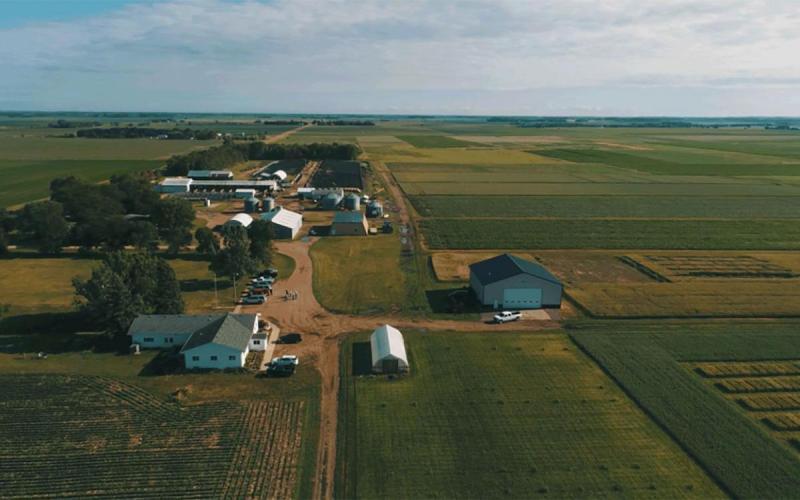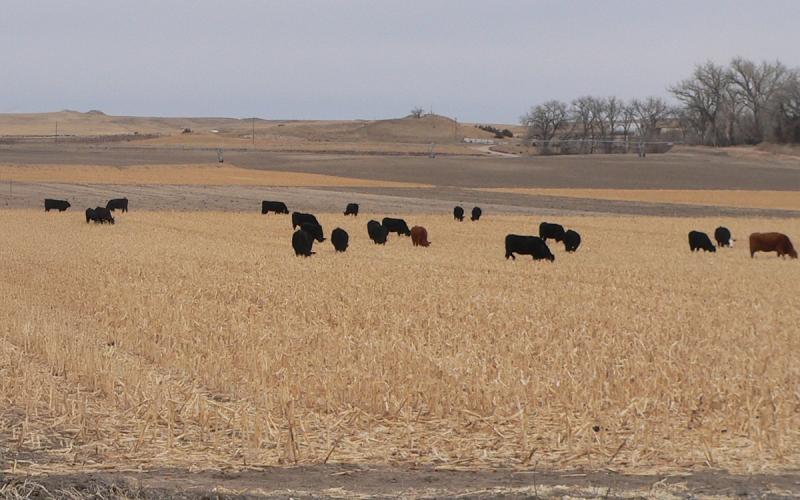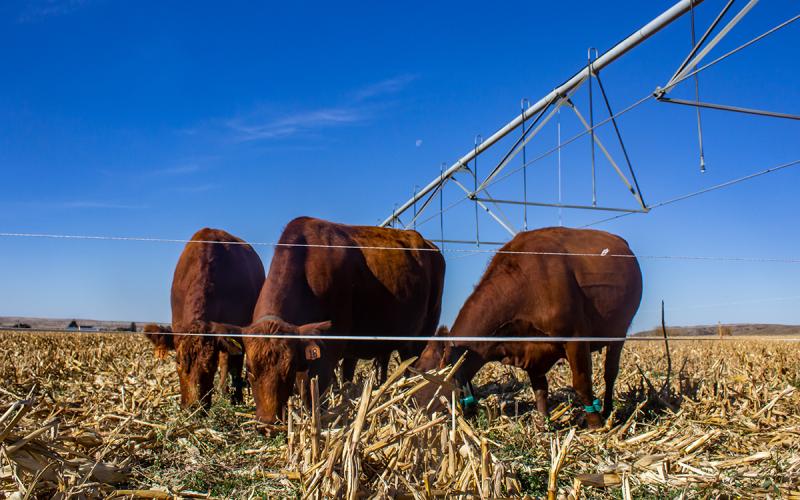Written with contributions by Ryan Samuel, former SDSU Extension Swine Specialist.
In most of the US and many parts of the world, corn is the largest single component of swine diets, providing the majority of the energy in the pig’s diet. However, adverse weather conditions often result in reduced corn quality due to late plantings, a cool growing season, drought, and/or early frost. This stressed corn is often severely docked at the elevator, so the corn producer has the options of marketing the corn through the elevator at a reduced price or marketing it through livestock in an attempt to add value to it. The goals of this factsheet are to help pork producers better understand the nutritional value of weather-stressed corn, how to determine if it’s economical to use, the potential of mycotoxin contamination, and how changes in bulk density affect feed mixing and transportation.


